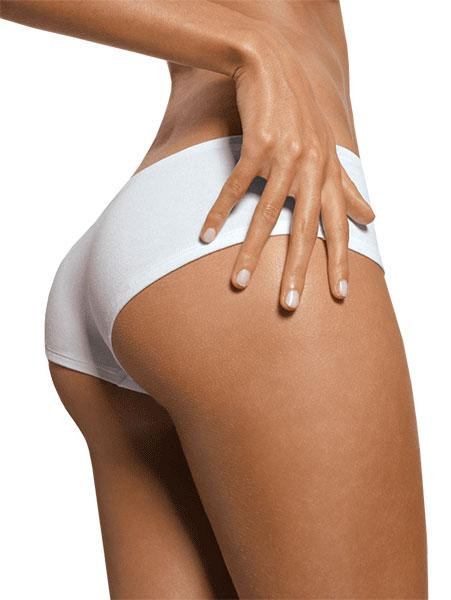In this cinematic world, the representation of bodies, especially females, we’ve seen a streamlined, half-circle that curves out at the hips and back at the thighs. While there might be an ideal image, we consider it a desirable way to look, and many people want to look like that.
“Hip dips” or “hip plastic surgery” is one of the most common cosmetic surgery; it involves indentations around the curvature from hips to thighs. These indentations only happen when the skin on the sides of the hips is tightly attached to your thigh bone, the trochanter. Less distribution of fat on your body can make these indentations more noticeable. There is nothing wrong with having hip dips, but some people feel self-conscious.
What is hip dips surgery?
Hips dips are a procedure of redistribution of fat called liposculpting. In this procedure, the doctor uses a machine to suction fat from one area and inject it into the trochanter area.
Fat grafting aims to give a smooth curvature to the hips. However, as an alternative, surgeons sometimes remove fat from the dip area to create a contoured silhouette or artificial fillers such as solid silicone.
What’s the procedure like?
The patient need not stay after hip dips cosmetic plastic surgery but need some person for driving and other support. Your doctor will likely use general anesthesia for this surgery, depending on your situation.
Surgical steps
First, a plastic surgery clinic near me removes fat from your body using a liposuction procedure. They remove fat from your buttock, stomach, or inner thighs by using a small incision on your body and stitching out after the compilation.
Then your doctor prepares the fat for reinjection into your body. They purify and spin the fat to remove the fluid and blood from it. Then after purification, the fat will be injected into your hips area. Usually, stitches aren’t needed during the injection procedure.
Aftercare and recovery
You need some care after the procedure. There may be a little pain at the injection and surgical sites for a couple of weeks after the process; in some cases brushing and discomfort may last for two to three weeks. You may not find any significant improvement or result after the procedure. It can take up to six months for the fat grafting treatment to take effect.
Who’s a good candidate?
People who do not smoke or have highly responsive, elastic, and no prior history of severe bleeding conditions. Doctors find this type of person a good candidate for liposuction surgery. Suppose you have experienced a tragic weight loss like 25 pounds or more. In that case, you may have an auto-immune or bleeding condition, and your doctor won’t advise you on hip dips surgery. People diagnosed with an eating disorder or other conditions such as body dysmorphia should be highly severe if you consider hip dips surgery.
It’s important to understand that this procedure is unpredictable, and there’s no guarantee of the results you’re waiting for. But it would help if you chose an authentic and experienced plastic surgery clinic for this treatment. Moreover, eat a diet rich in food like leafy greens, good fats, and lean proteins to help your thighs and hips to take a proper curfew shape as you want.







Comments